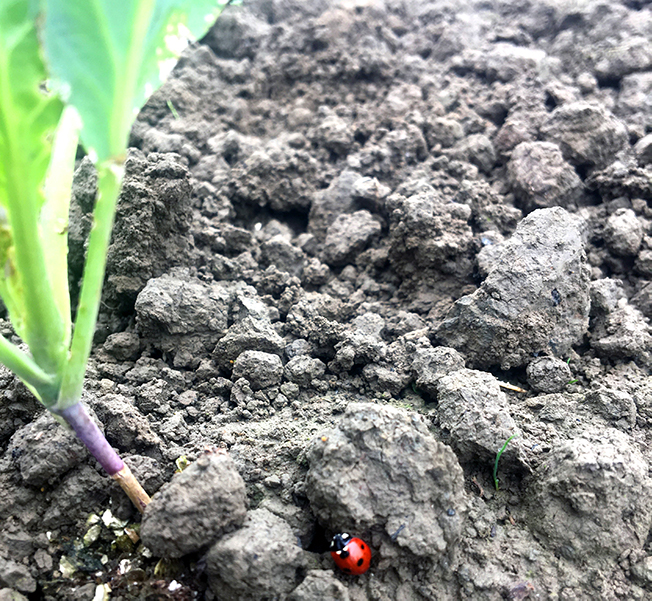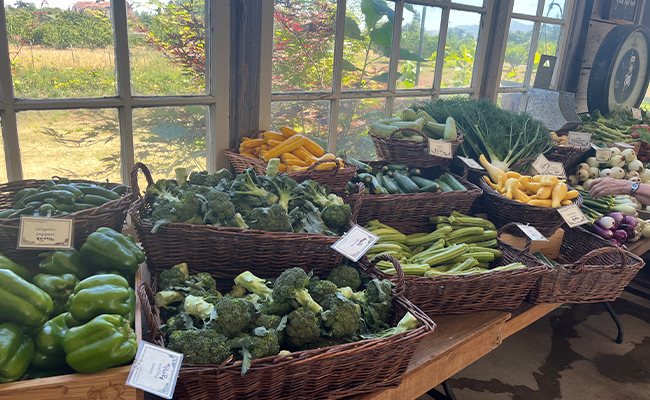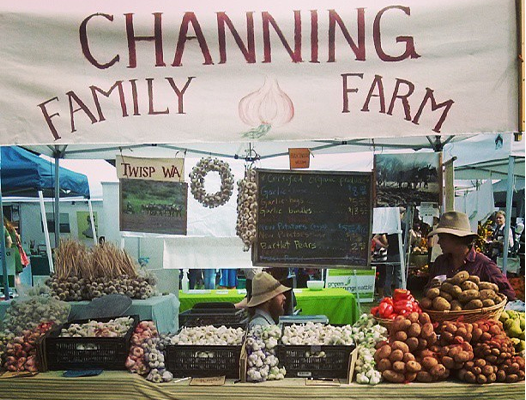Introducing Ladybugs: Good or Bad?
Farm News
Last week, we traveled to visit family just east of Buffalo New York, where I spent most of my time growing up. Low and behold, I was reading The NY Times and they had reported a rare sighting of a lone beaver in the Hudson River on the Manhattan shoreline. In almost 200 years there has only been one other sighting in the city!
In 1975, New York made the beaver the official state animal, as it prospers in many regions—a conservation success story to the pelt industry starting all the way back to the 1600’s. Through intensive efforts of re-establishment into the Adirondack Mountains, these lovely and busy creatures are thriving. Funny to leave our beaver rich farm in the Pacific Northwest only to realize one solitary beaver has made its way into the dangerous, multi boat, not so clean waters of the Hudson River.
The idea of reintroduction of species that have been hunted or put into perilous numbers from human encroachment has both pros and cons, as seen with the North American Beaver. This season, a new species introduction question has popped up about ladybugs. We have now recognized that many ladybug wholesalers will only sell you 18,000 totals as a precautionary measure. An interesting debate has been sparked as to the effect of commercially grown ladybugs being released into the native habitat: Are they upsetting the natural bio rhythms and potentially harming them?
We generally only release ladybugs onto our farm as a beneficial insect, to eat the aphids, which love to eat the brassicas. This year, we have had very little problems with aphids as the cooler, wetter, weather is not their favorite. If we spray pyrethrum oil, we will often add ladybugs to offset any unwanted losses from spraying. The delicate nature of all species deserves attention, even when you think it is benign, like introducing sweet lovely ladybugs to a new ecosystem. As we discover more information about this newest issue, we will keep you up to date.
The integrated pest management program on all farms, whether organic or conventional, is important to understand down to the most microscopic levels. We appreciate the companies who are doing their part to raise awareness to their consumers, because we know this is quite the opposite with some of the big-name companies out there.
Don’t forget to find us on Instagram @fullcirclefarms.
– Wendy



Leave a Reply